How to Purify Water Without a Filter: Survival Methods That Work
Learn how to purify water without a filter using survival methods like boiling, solar disinfection, bleach, and improvised filtering. Stay safe with clean water off the grid.
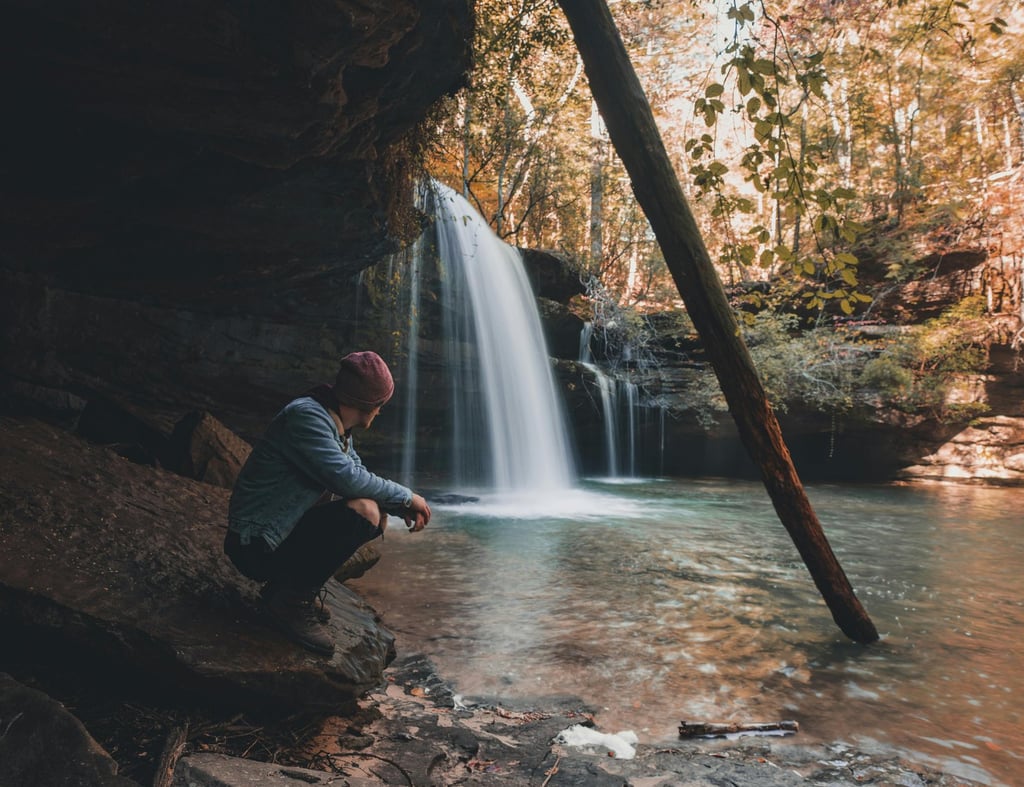

How to Purify Water Without a Filter: Survival Methods That Work
Why Knowing Alternative Water Purification Methods Matters
When you're out in the wild and a water filter isn’t an option, knowing how to purify water without a filter can be a lifesaver. Whether your gear was lost, damaged, or forgotten, being able to make water safe to drink using other survival techniques is essential.
Natural water sources often look clear, but they can carry dangerous bacteria, parasites, and viruses that could make you seriously ill. Just because you can't see it doesn't mean it isn't there. The good news is there are several proven, effective ways to treat water even without modern equipment.
These old-school and improvised methods don't require fancy tools — just a little knowhow and some patience. From boiling to sunlight purification, learning these methods now ensures you’re never stuck without clean water when you need it most.
Boiling: The Most Reliable No-Filter Method
Boiling is one of the oldest and most reliable ways to purify water in the wild. It kills nearly all bacteria, viruses, and parasites when done correctly. To do it, collect your water in a metal pot or any fire-safe container and bring it to a rolling boil for at least one full minute — or three minutes at higher elevations. Let the water cool before drinking.
If your water is full of debris, let it settle or pour it through a cloth before boiling. Boiling doesn’t remove dirt or sediment, but it will eliminate harmful pathogens. This method requires heat and a container, but it's simple and incredibly effective when you're without a commercial filter.
Boiling is especially useful when you're dealing with questionable sources like stream runoff or rainwater collected in less-than-ideal containers. If you're unsure whether boiling or another method is better for your situation, compare the pros and cons in our guide on boiling vs filtering water. And if you're working with a makeshift camp setup, rainwater collection techniques can help you gather cleaner water from the start.
Solar Disinfection (SODIS): Safe Water Using Sunlight
If you don’t have a pot or a fire source, solar disinfection — or SODIS — is another powerful option. This method uses the UV rays from sunlight to neutralize harmful organisms in water. All you need is a clear plastic bottle (PET or similar) and access to full sun.
Fill the bottle with clear water, shake it to add oxygen, then lay it on a dark surface in direct sunlight for at least six hours. If the sky is cloudy, leave it for two full days. The UV-A rays and increased heat inside the bottle work together to kill many pathogens. This won’t help with chemical contamination, but it’s an excellent low-tech option when fire isn’t available.
Using Household Items: Bleach and Iodine
In a pinch, common household disinfectants like unscented bleach or iodine tablets can make water safer to drink. If you carry these in your survival kit, they can be great alternatives to filters. To purify with bleach, add 2 drops per liter of water, stir, and let it sit for 30 minutes. For iodine tablets, follow the instructions provided.
These chemical treatments are lightweight and effective, but they don’t remove dirt or sediment. Some people are also sensitive to the taste or effects of iodine, so it’s best to test ahead of time. Still, these are valuable tools to have when boiling or sunlight aren't possible.
Make-Shift Filtering Before Purifying
Even without a filter, you can still pre-filter dirty water using materials like cloth, bandanas, or DIY setups made from sand, charcoal, and gravel. While this won’t purify your water on its own, it helps remove sediment and improve the effectiveness of any subsequent method like boiling or SODIS.
Pour your water slowly through cloth to catch floating particles, or build a simple layered filter using found materials. This step helps extend the life of chemical treatments and enhances the clarity and taste of your drinking water.
It’s also smart to understand how long you can go without water in extreme situations, especially if you’re waiting for weather to improve or searching for a new source. Learn the actual limits of the human body in how long can you survive without water. And don’t miss our breakdown of the best water purification tablets and tools — they’re lightweight, effective, and great backups when filtration fails.
Combine Methods for Extra Safety
For the safest results, combining methods is often your best bet. For example, pre-filtering followed by boiling gives you the benefits of both clarity and sterilization. Likewise, filtering with cloth and then using solar disinfection can work well when you don’t have fuel or fire tools. The more layers of treatment you apply, the safer your drinking water becomes.
Understanding how to purify water without a filter gives you resilience in uncertain situations. It’s knowledge you may never need — but will always be grateful to have.
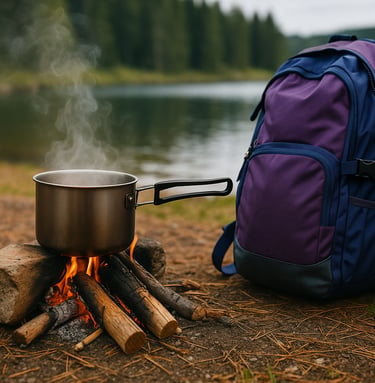

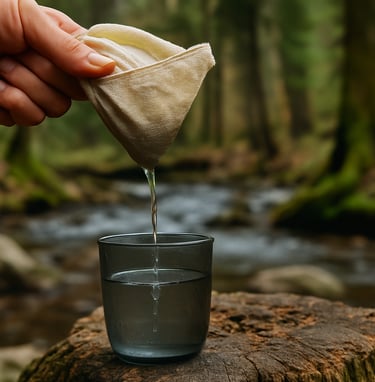

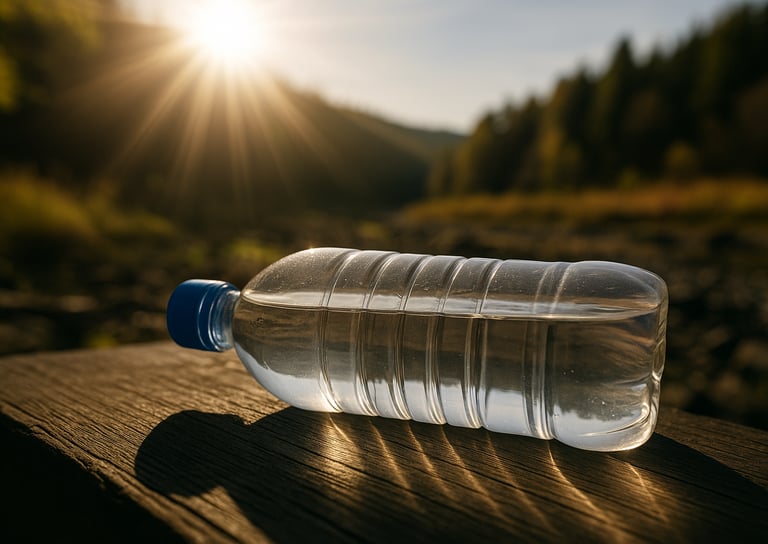

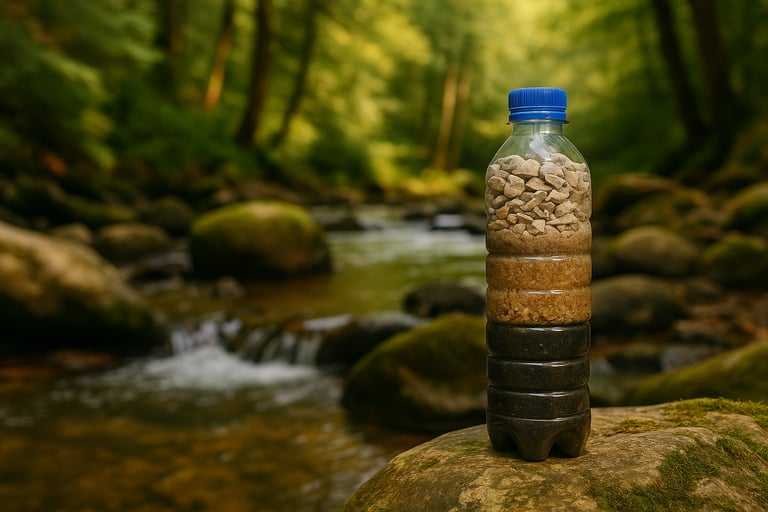

© 2025. All rights reserved About | Privacy Policy | Terms and Conditions | Affiliate Disclosure | Disclaimer


